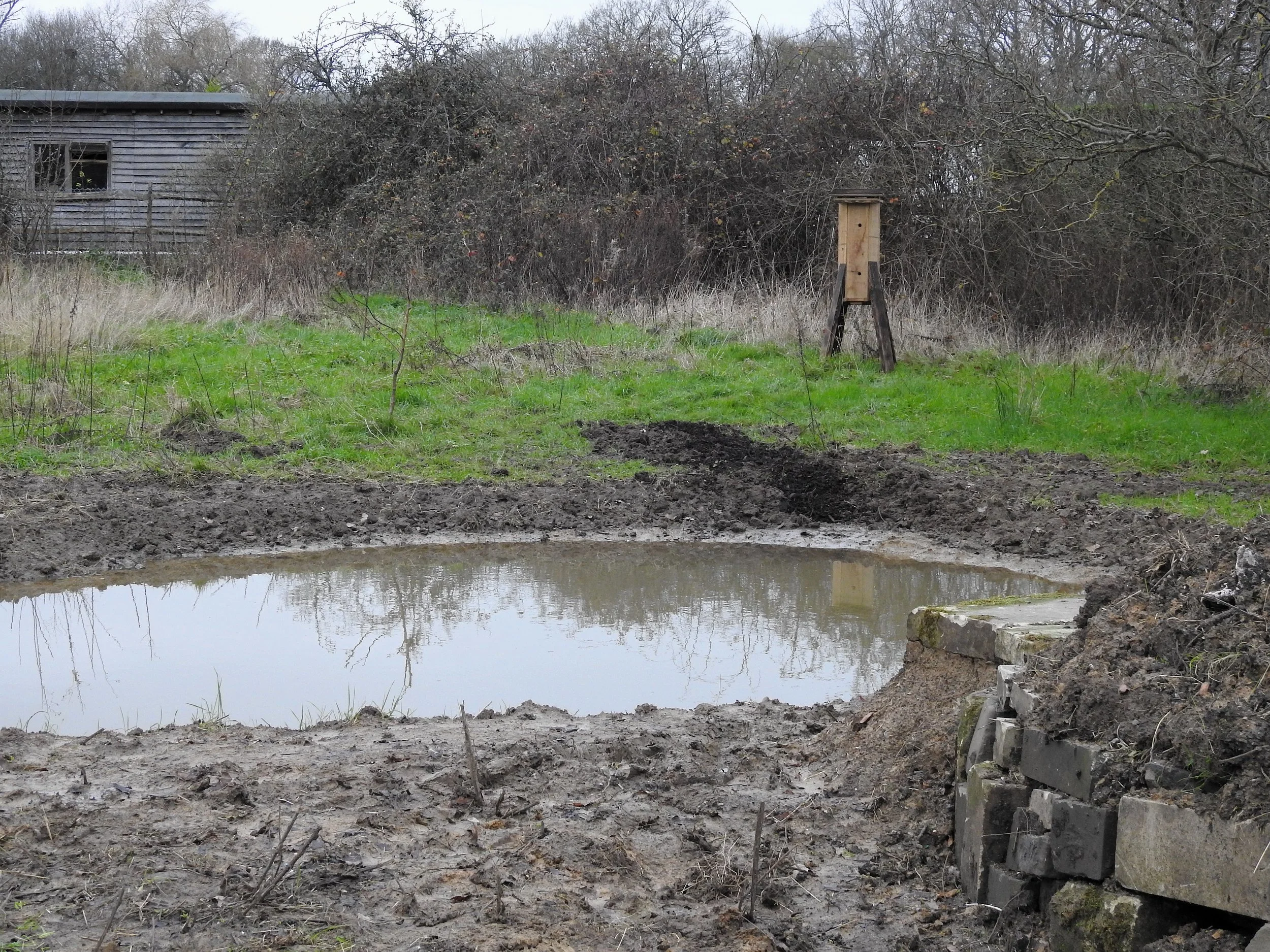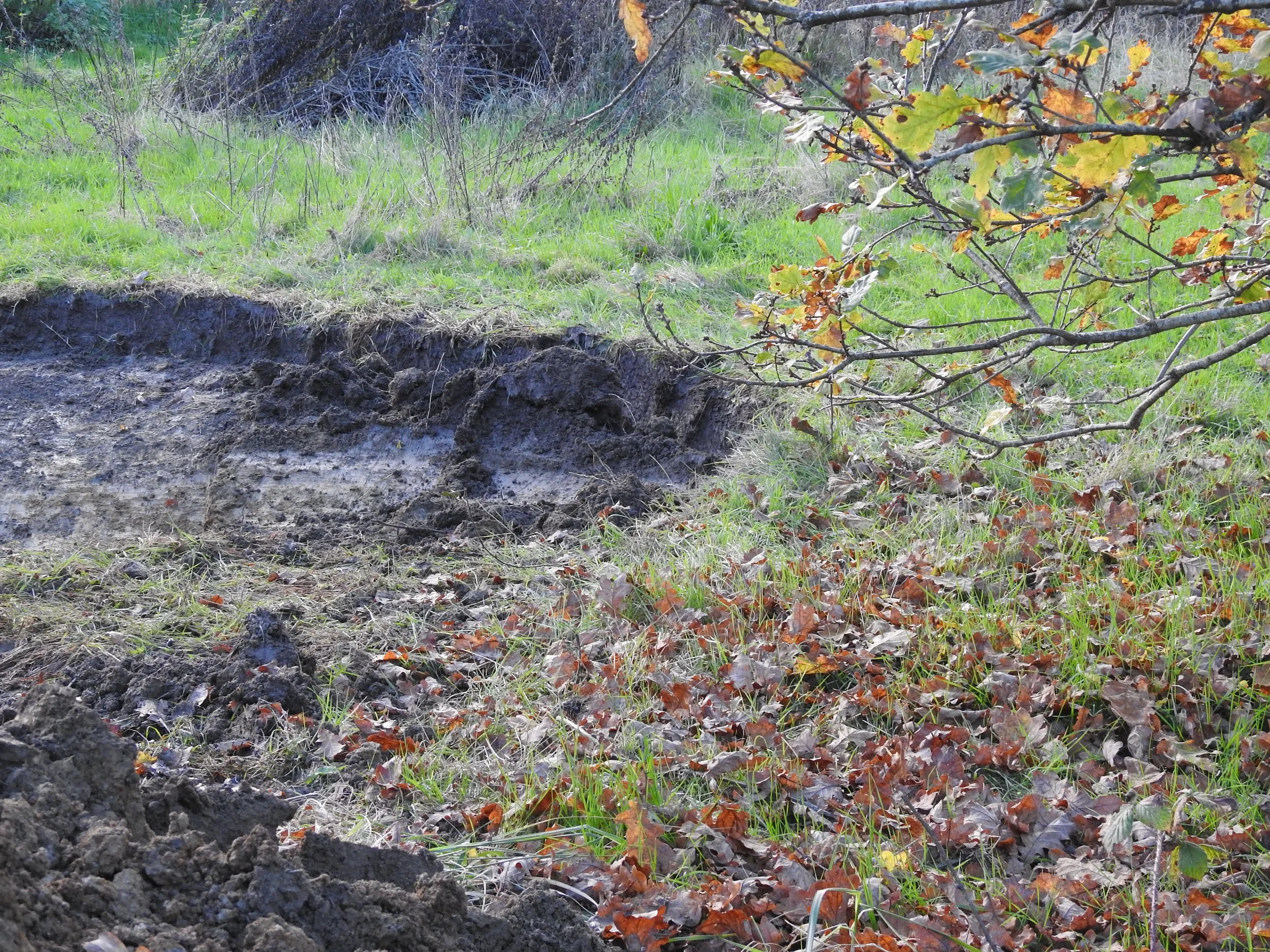Digging a wildlife pond in Shipley, Sussex.
Designed and dug by Padstone Homes.
A wildlife pond in Shipley, near Horsham, Sussex. We produced a wilding information pack (available here) for Hoey’s Little Farm. The project objectives were to identify 3 key aspects of change to encourage more wildlife into the garden. We designed flower beds with visually pleasing coloured and shaped plants which would also be food source and habitat for insects, amphibians and birds. We wrote a cutting plan for the meadow to reduce nutrient levels in the soil and in turn reduce the stronghold of grass. Wildflowers will slowly be introduced by hand and by wind. The third aspect was a wildlife pond, which we completed recently.
We stopped short on puddling the clay as the pond liner and keeping this project fully completed with on-site materials, due to wanting to guarantee constant water throughout the year. Once digging commenced it became clear that we would have had enough clay in the ground to puddle clay for the entire liner, although one had already been bought, so it made sense to use it. We layered the clay ‘waste’ on top of the liner, compacting it with hands and feet, it acts as a layer for plants and creatures to cling onto and burrow into. The pond was slowly filled by rain and ground water. A heron has already been seen stalking the waters edge, although it is highly unlikely to have anything in the pond to catch so soon after completion.
We hired a digger from Jewson, Horsham branch. A fossil-fuel powered machine but it is a hole too big to sensibly dig by hand. The ‘waste’ earth was piled next to the pond and compacted to form a bank. A discarded pile of Portland and York stone was turned into a drystone wall by our hands. We left plenty of holes in varying sizes for small mammals and amphibians to dig into, to hide and build nests. We back-filled with the smaller sized stones and used long, thin stones to tie the wall into the bank. Capping this off with upturned sheets of turf which we had previously scraped off from where the pond is now. We graded the earth to cover this further and for it to seamlessly blend in. The bank consists largely of heavy clay and we saved the dark, almost black, top soil from the pond dig to cover the clay bank. This will slowly be planted into and animals will be encouraged to burrow.
Note: clay can be planted into, if a hole with a drainage point is dug and filled with top soil. When watered and rained on this drainage point will prevent the roots sitting in water and therefore prevent them rotting.
We used some of the bigger stones to include a seating area into the bank, and graded the soil down to form a back rest. The seating is deep and wide enough to be laid on, it’s length comparable to a bench. Being right near the waters edge it is a perfect place to sit and be. To watch what nature decides to come. The bank also acts as a feature to hide behind, to then photograph the wildlife as it comes. A new space for all of nature to use, humans included.
We are nature too.
A project that unfolded quiet intuitively, with a helping hand from Michelle.
Note: We are on the lookout for other people to collaborate with on similar projects in the future.
We are looking forward to studying the pond over time to see how wildlife interacts with it, and to take note of species yet seen in the garden.
Completed 17/12/2024
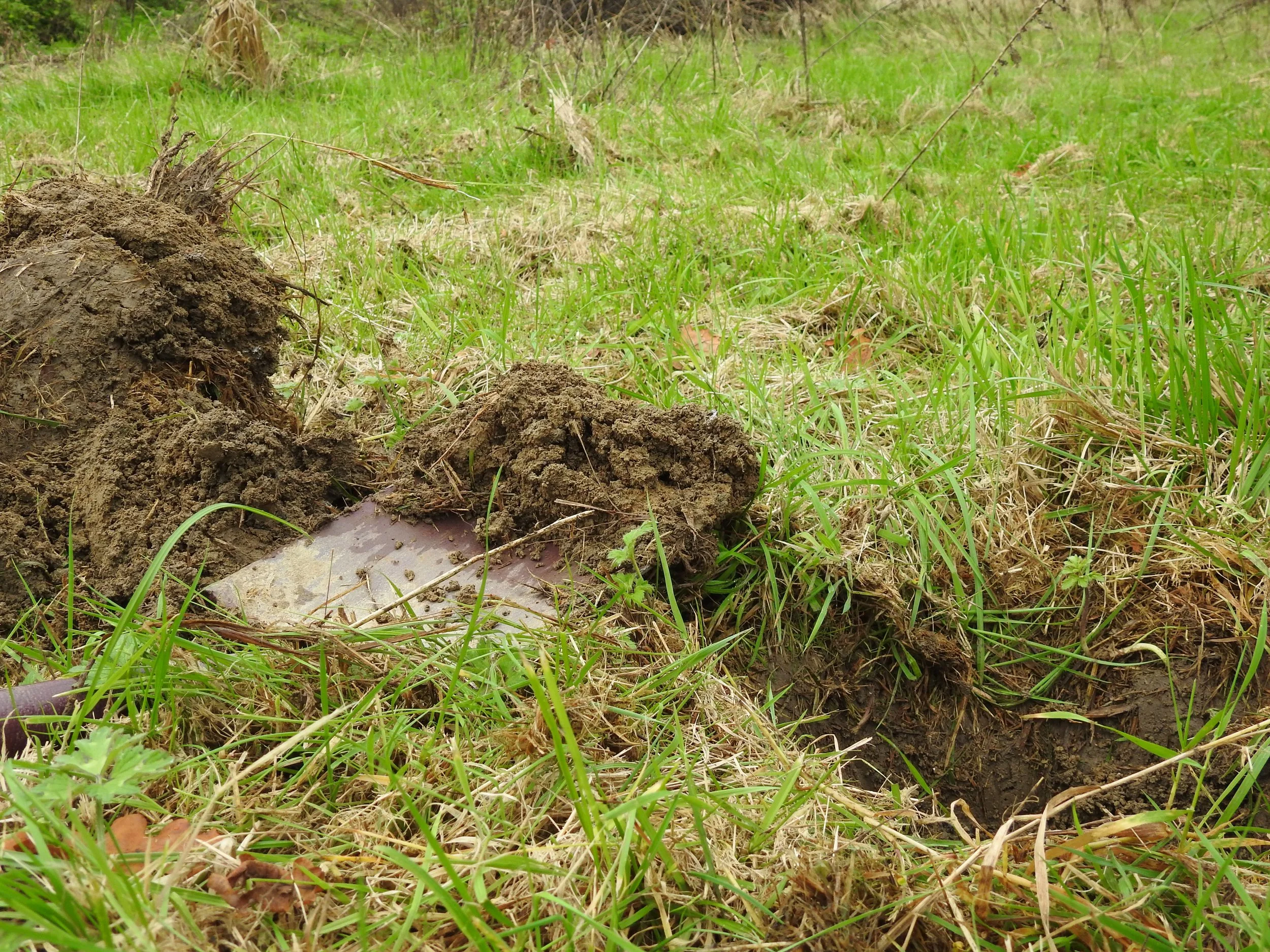
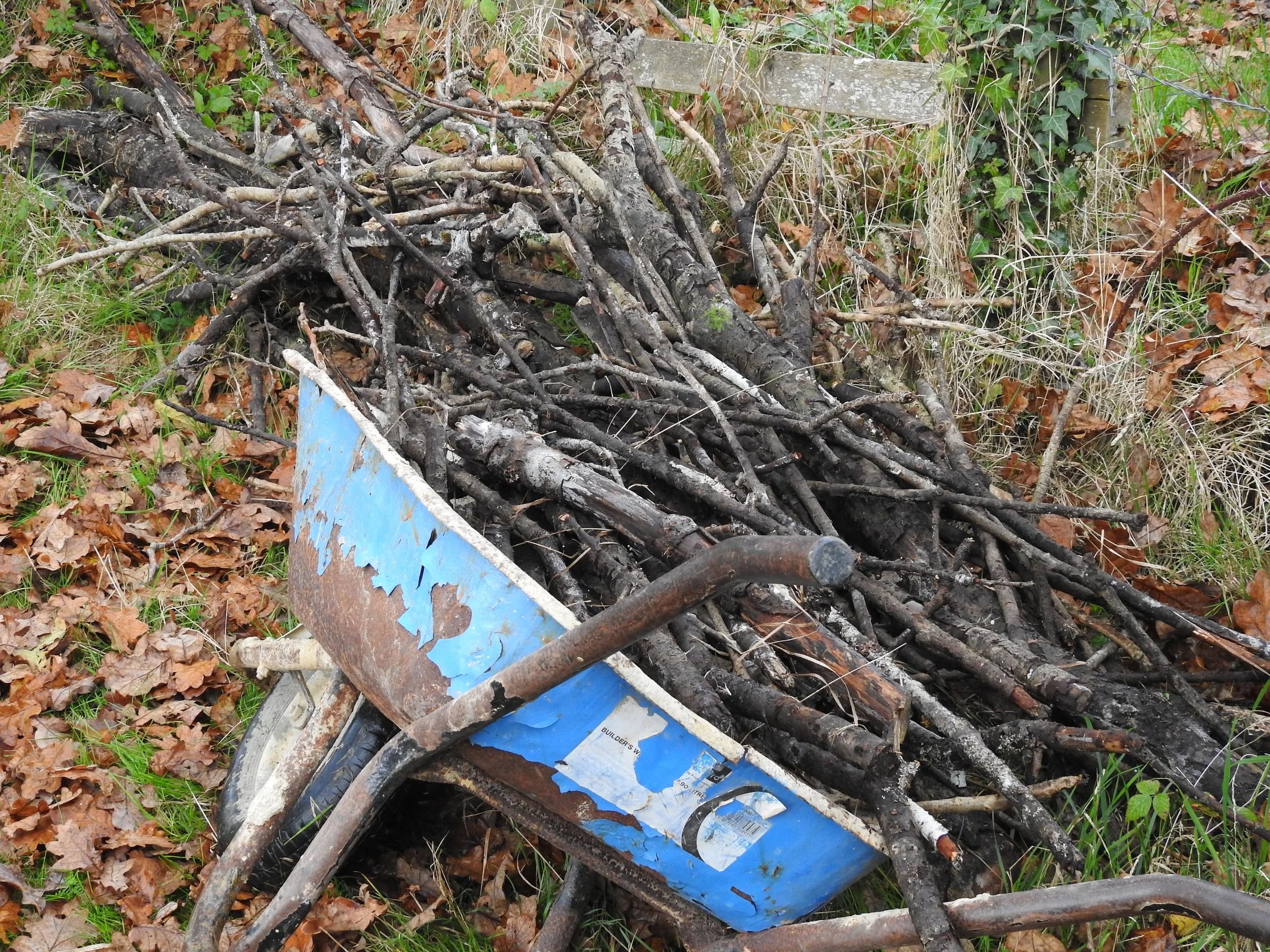
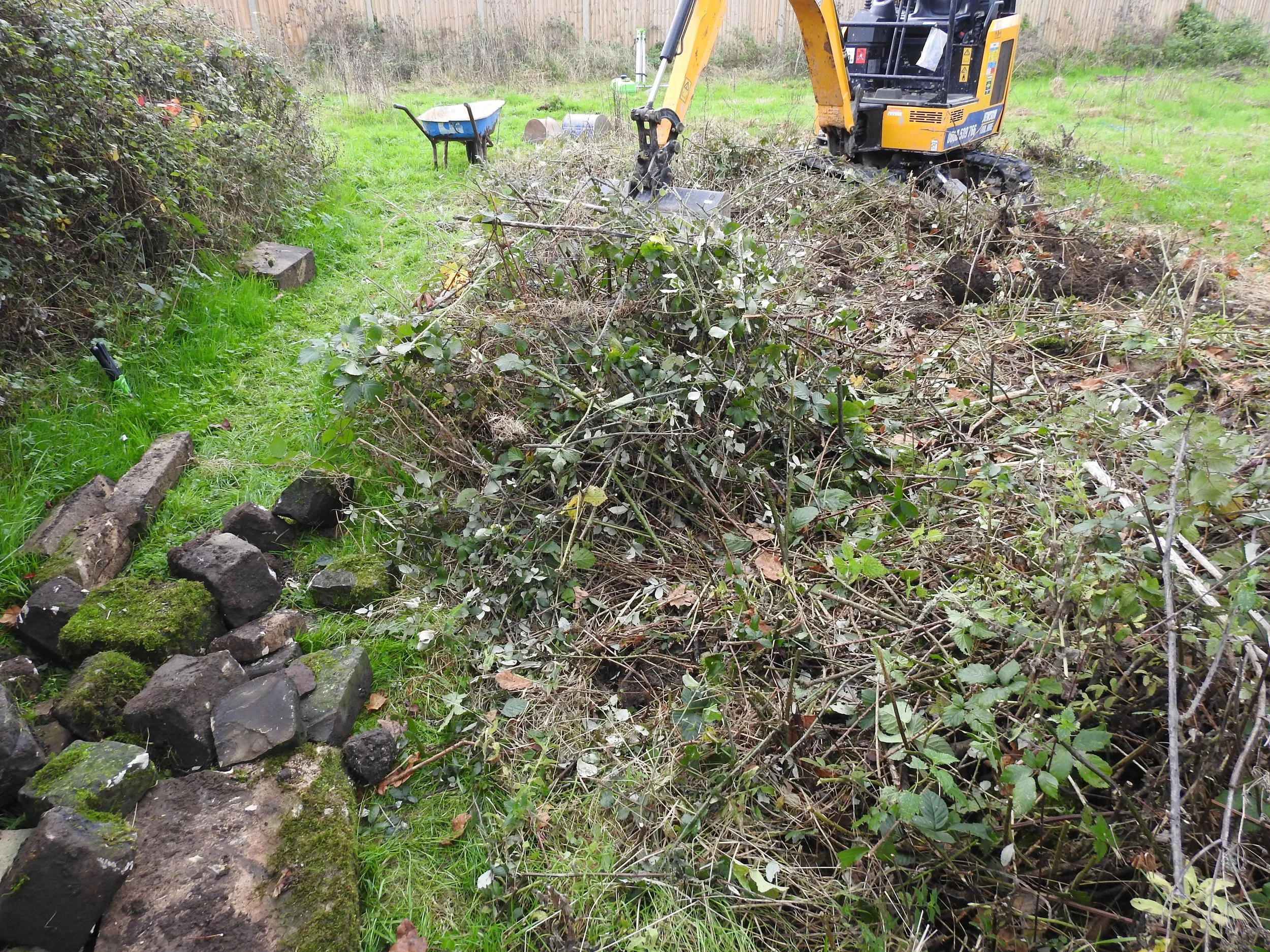
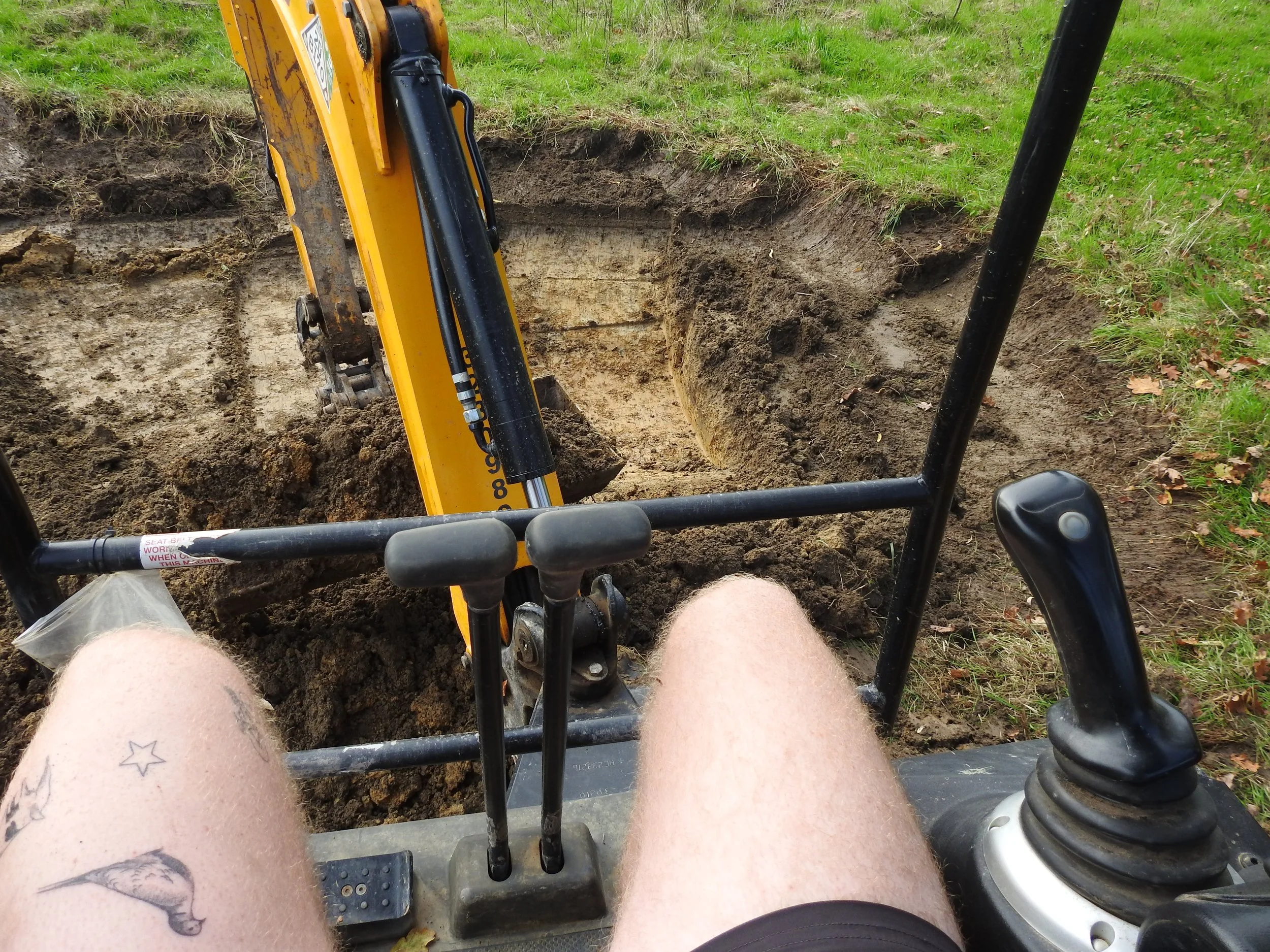
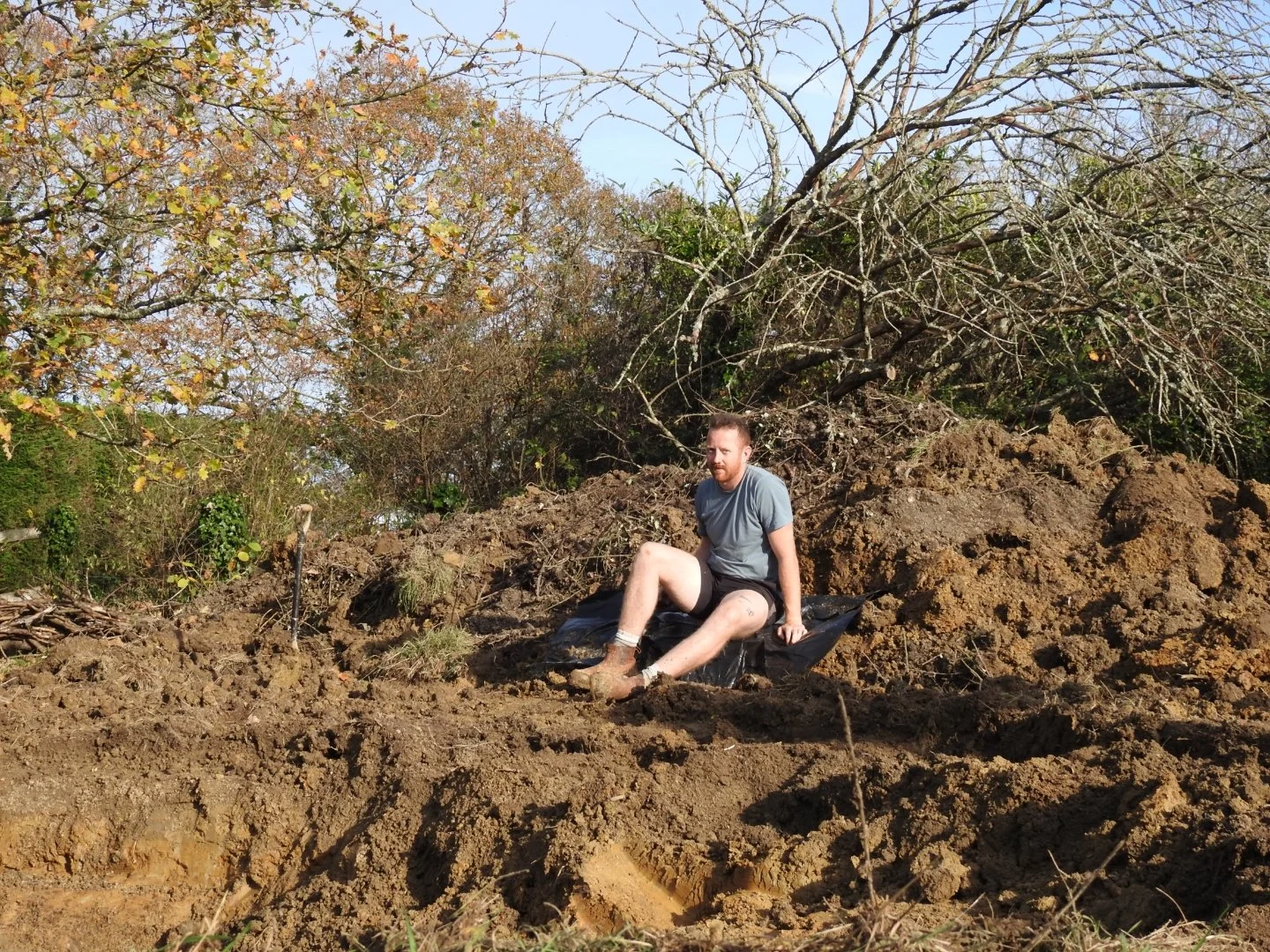
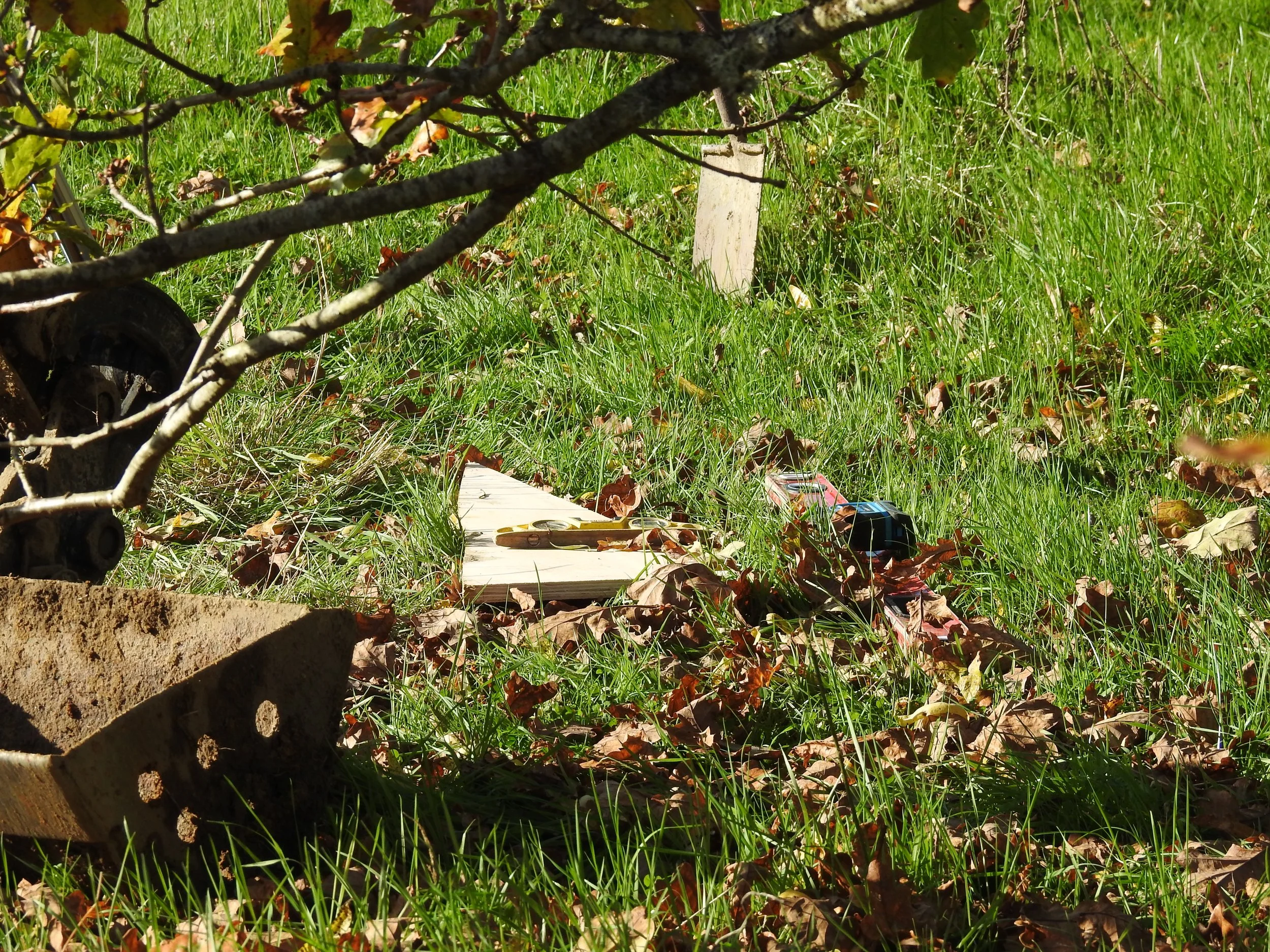
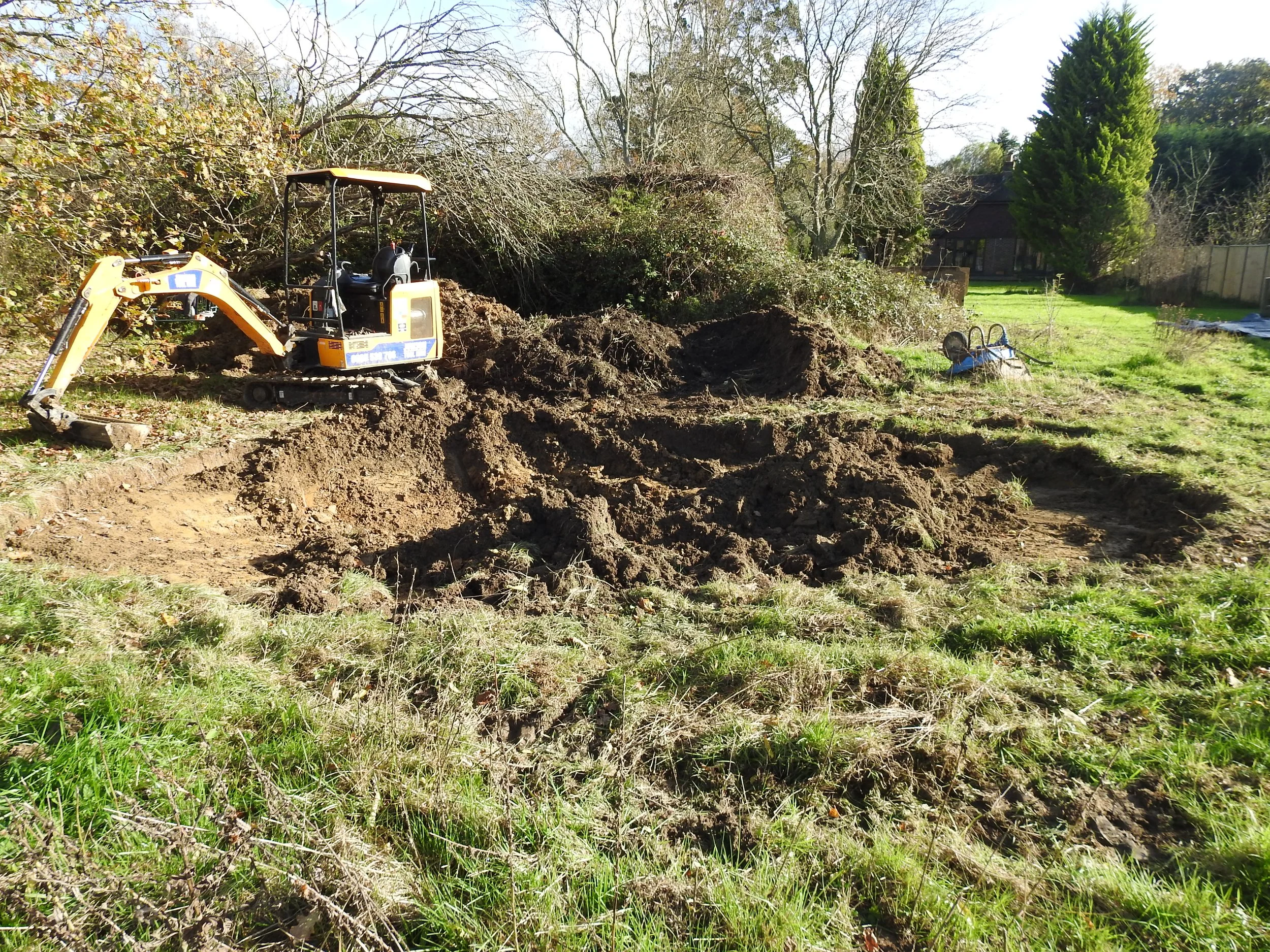
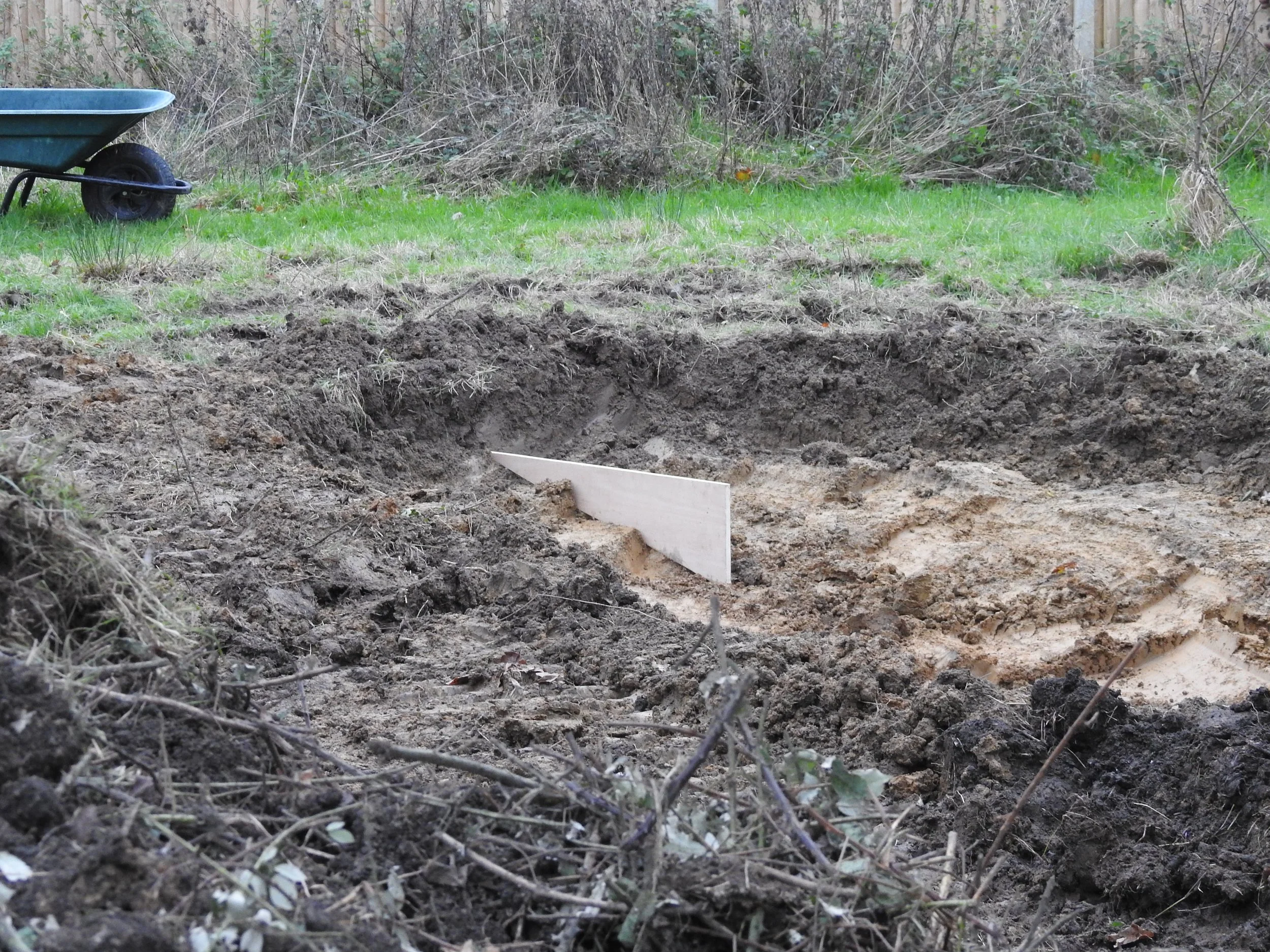
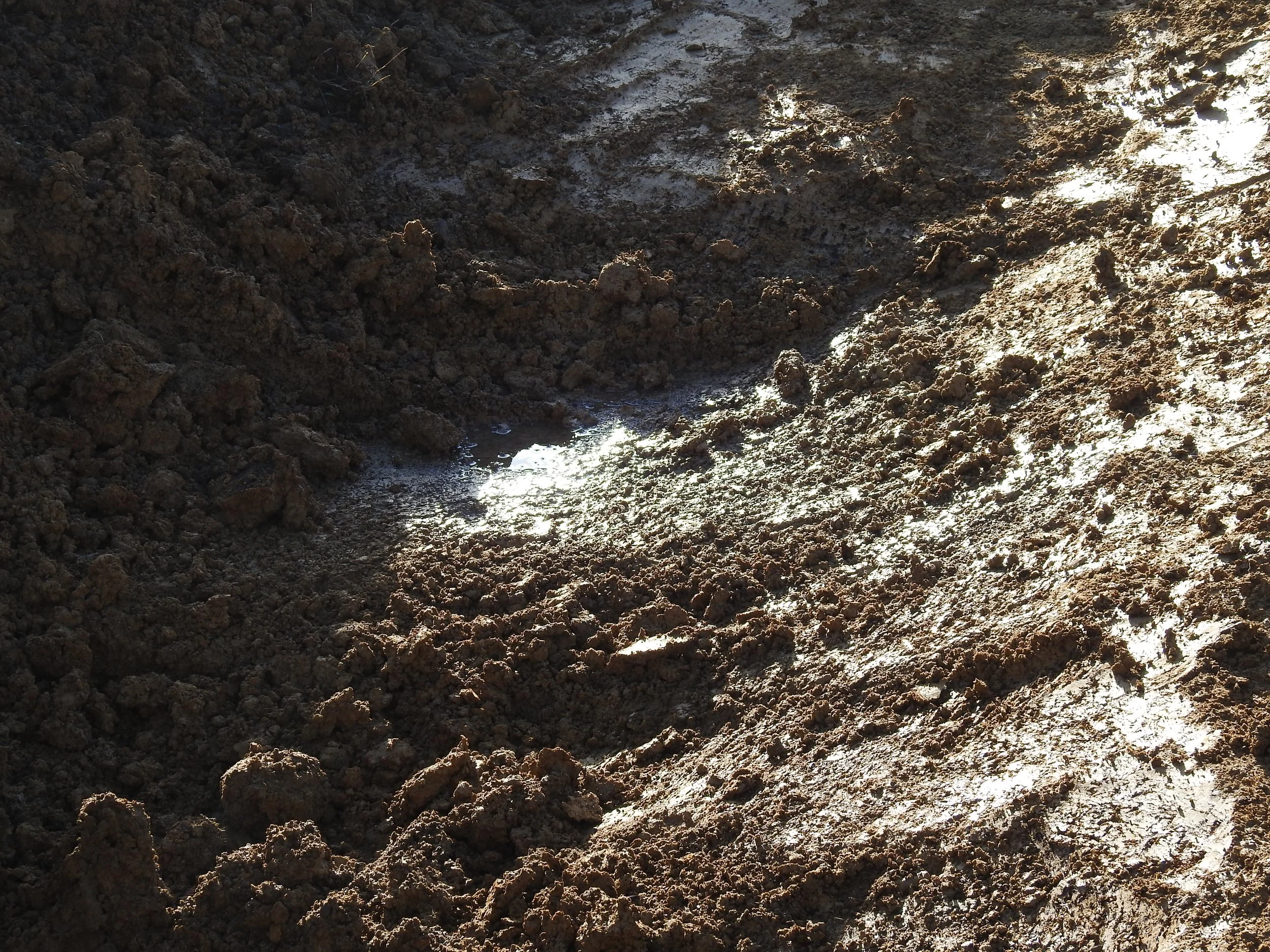
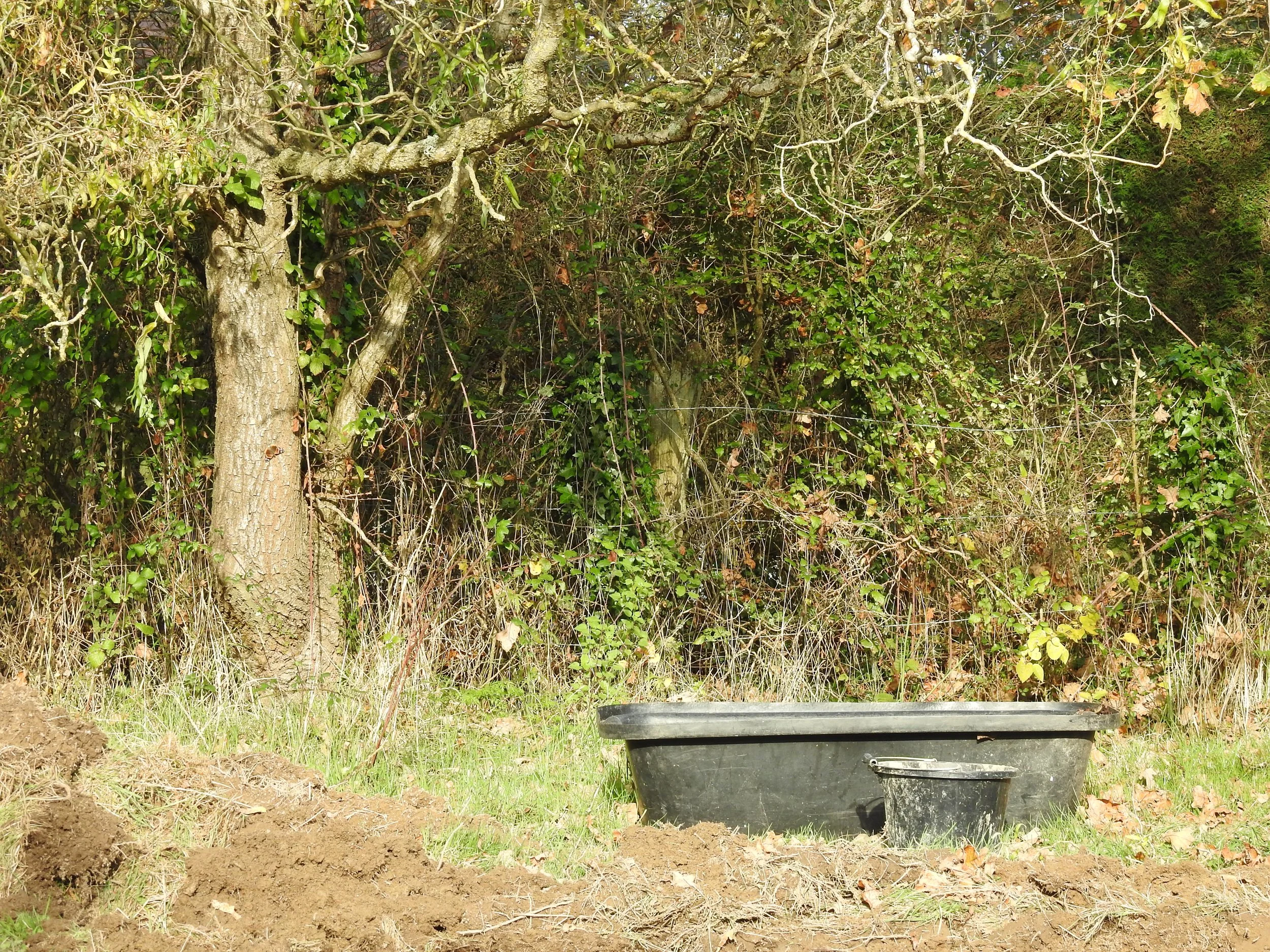
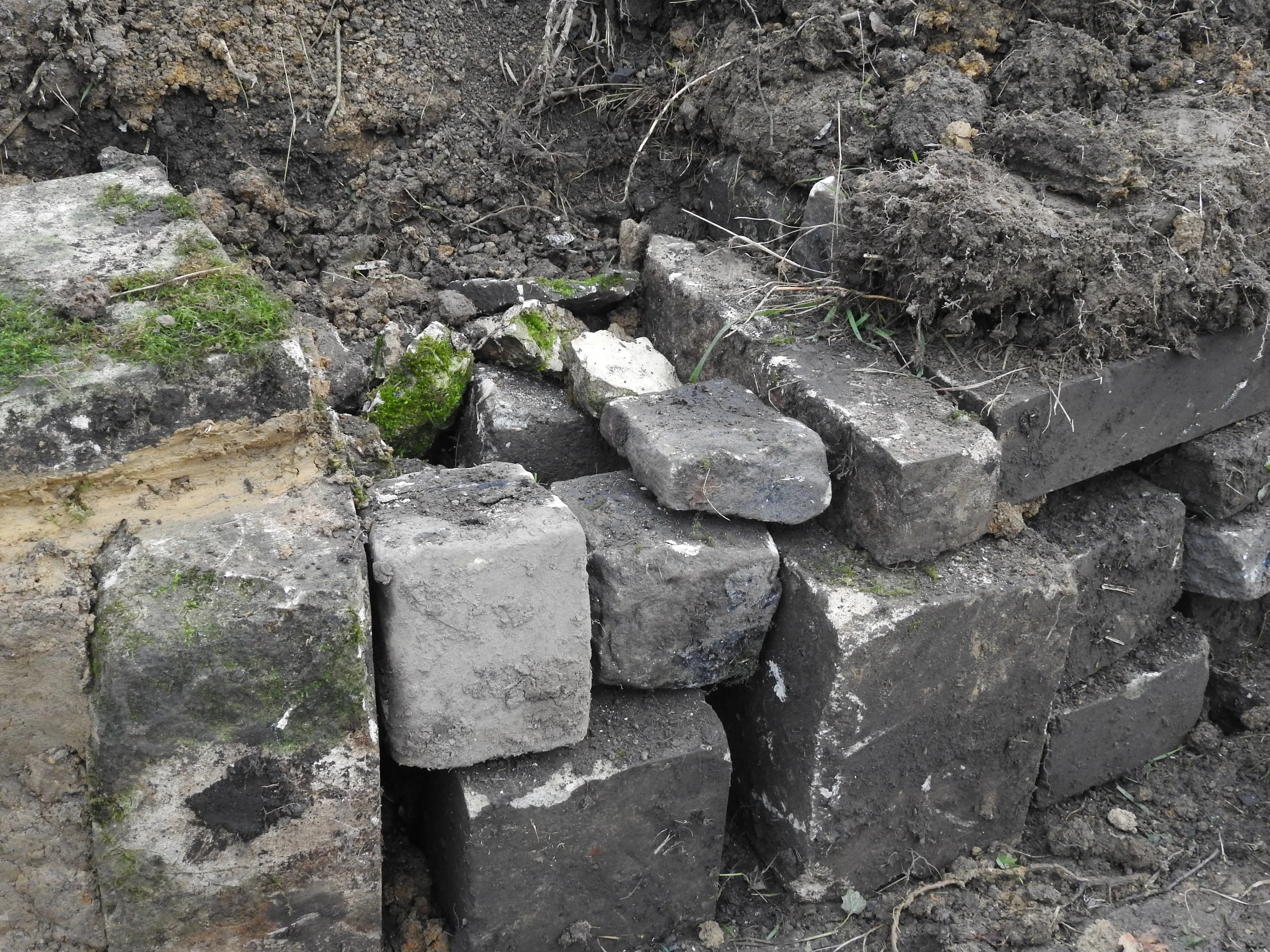

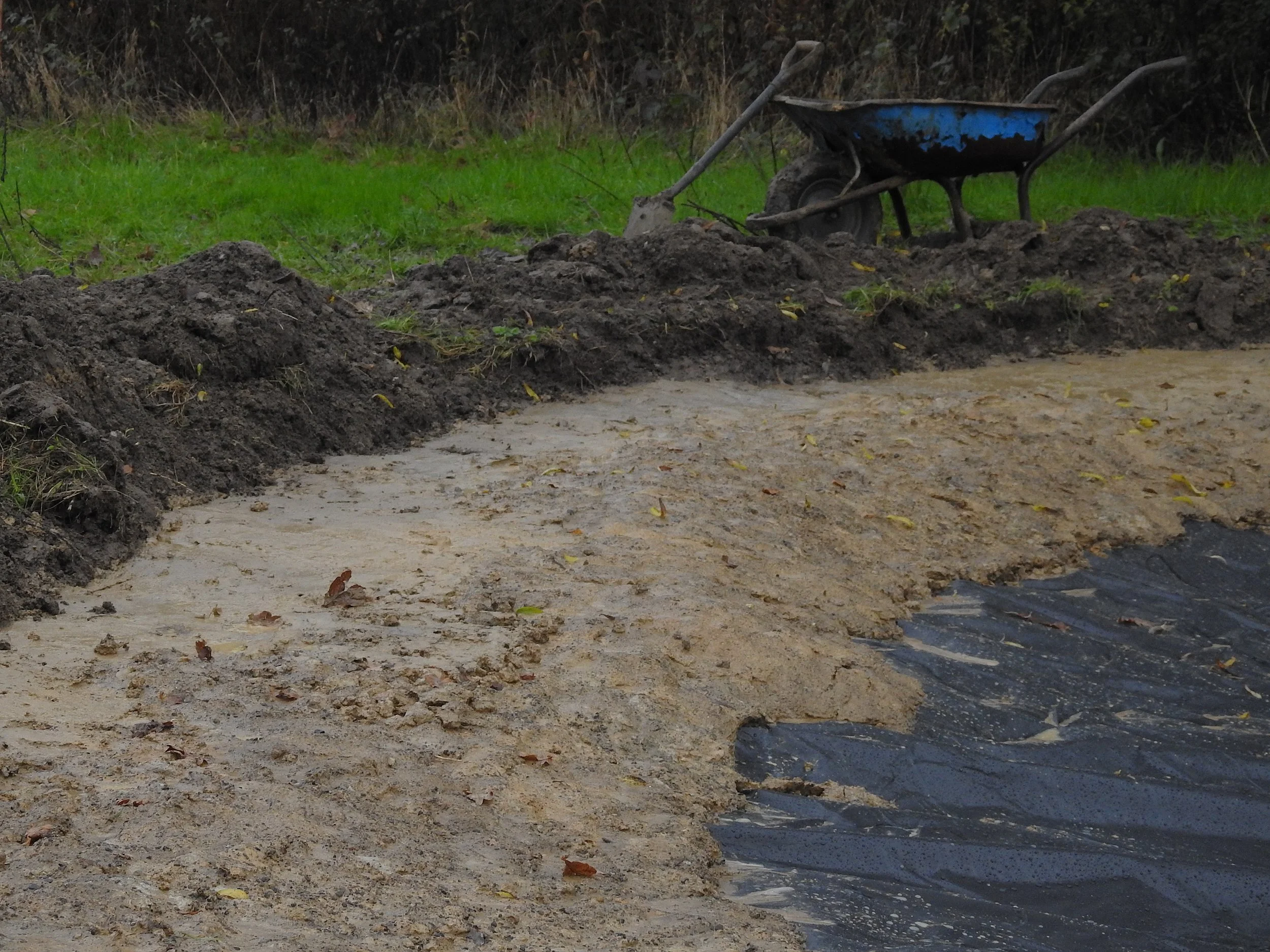
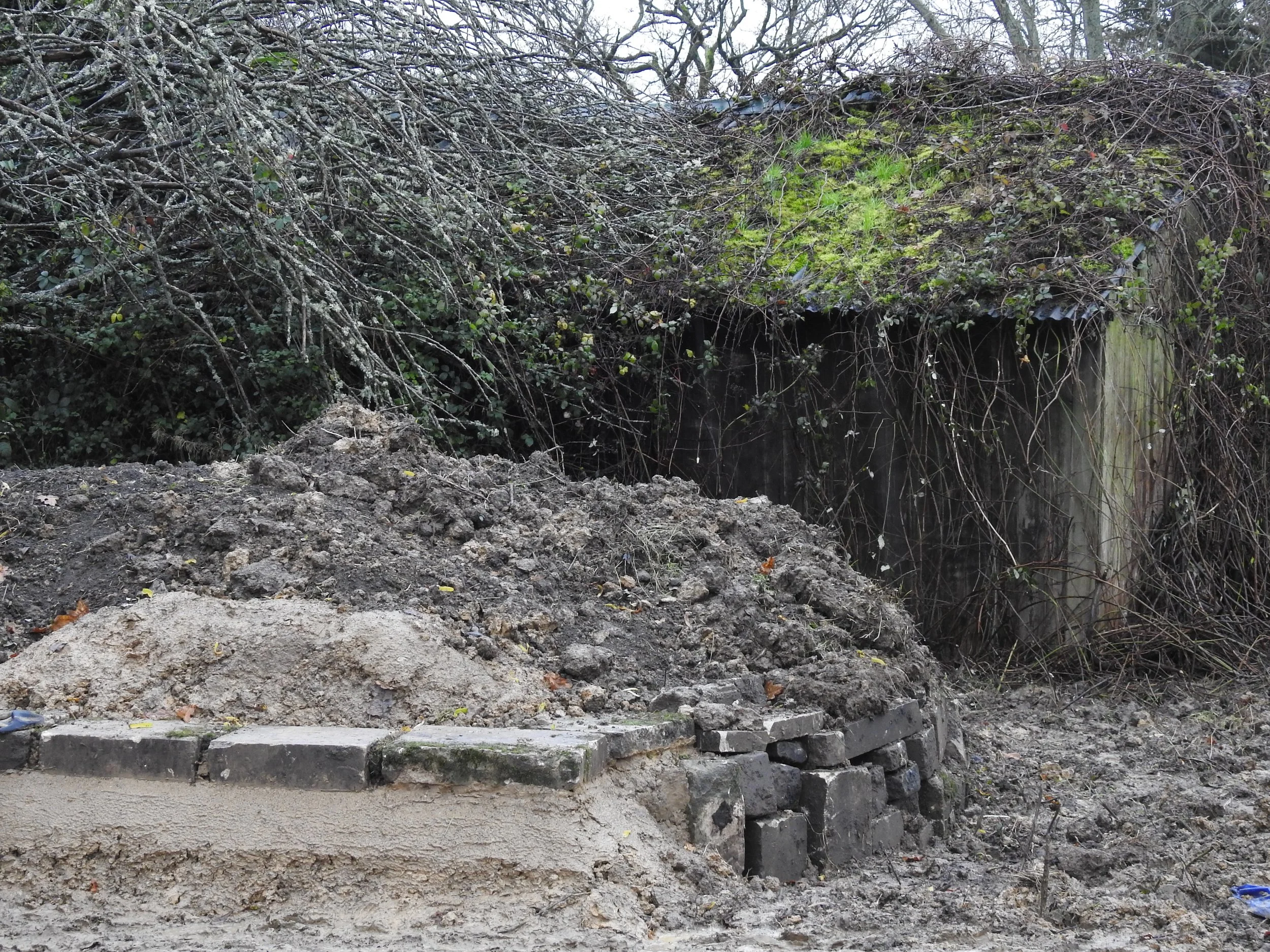
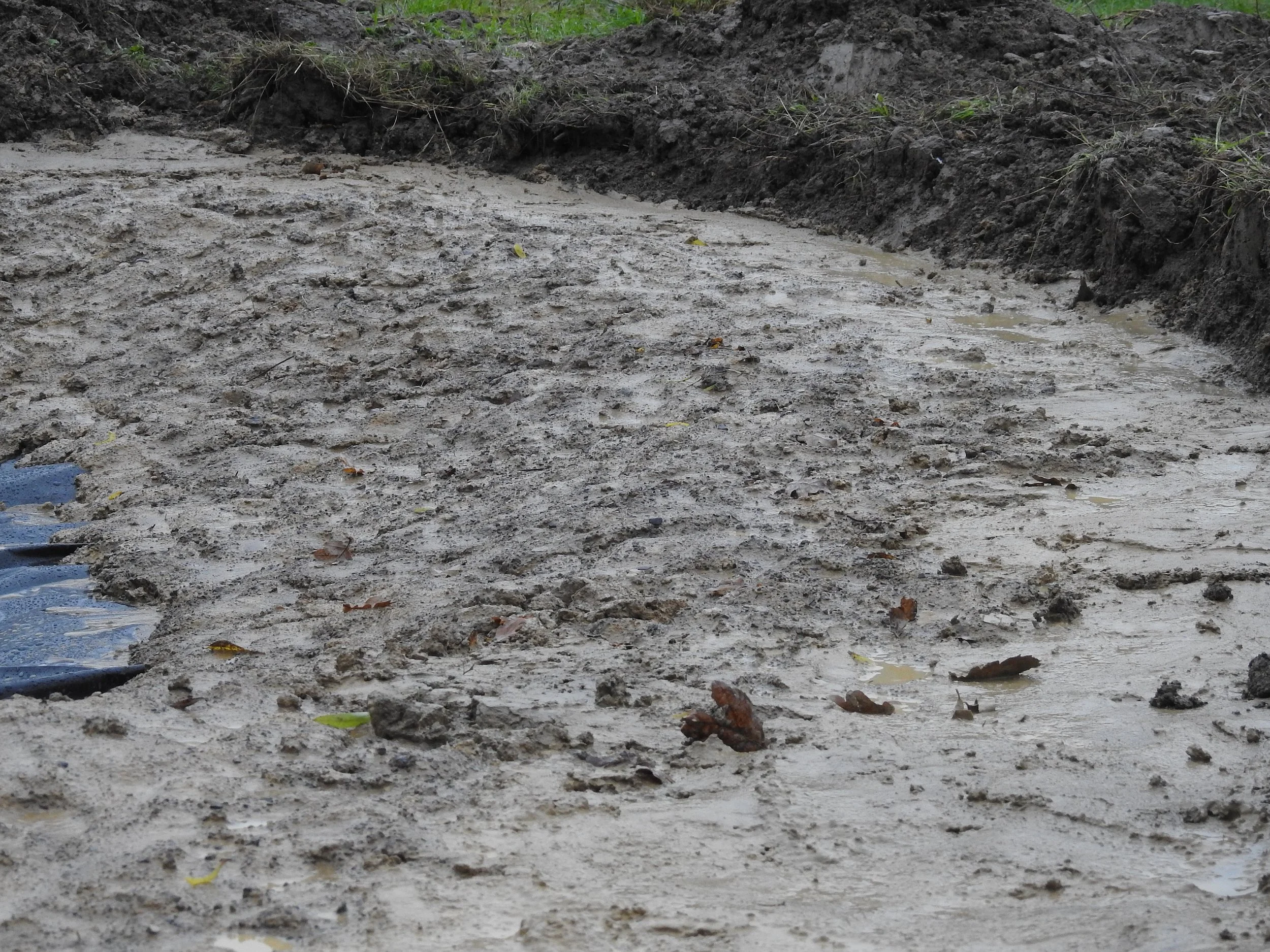
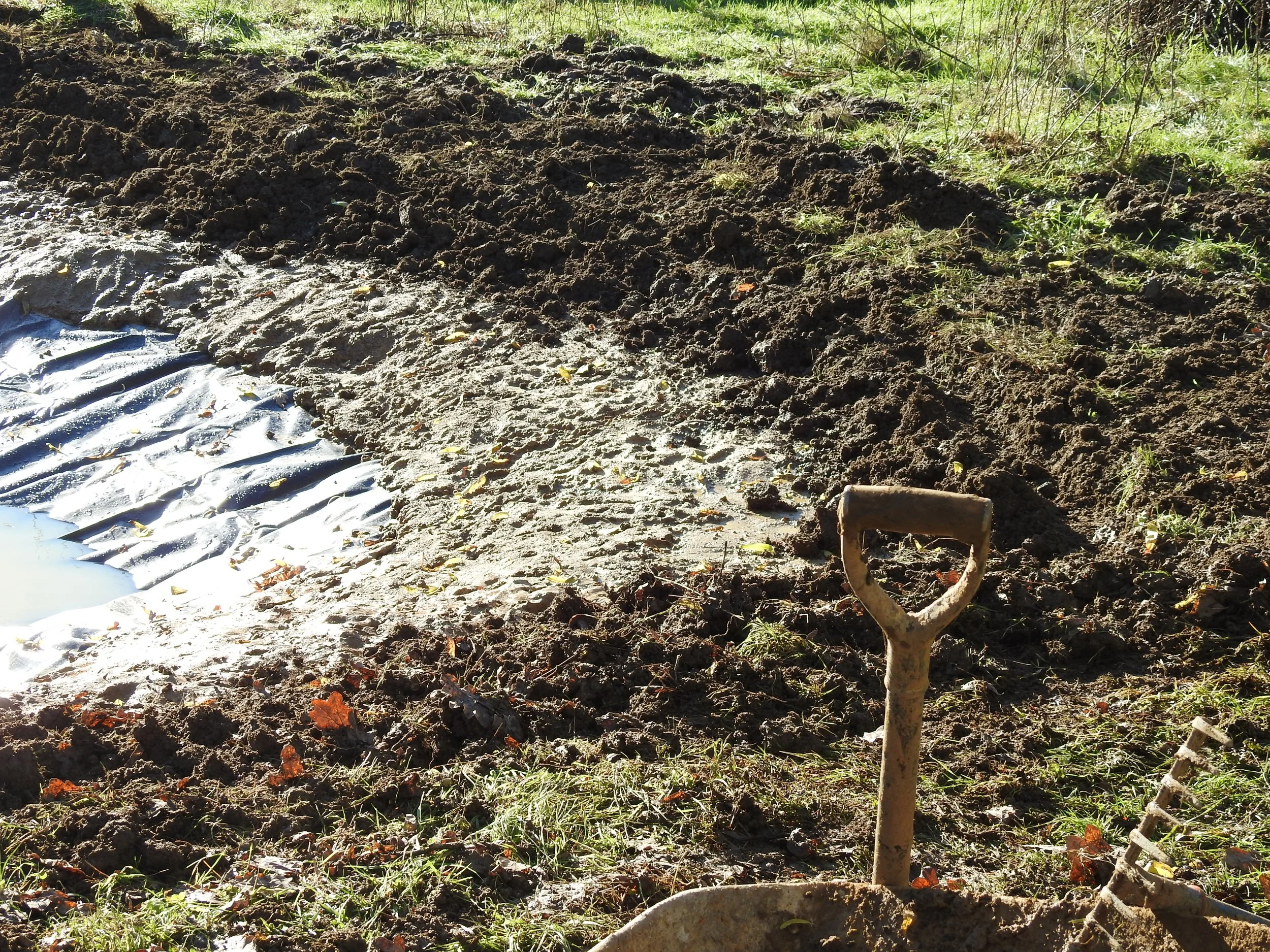
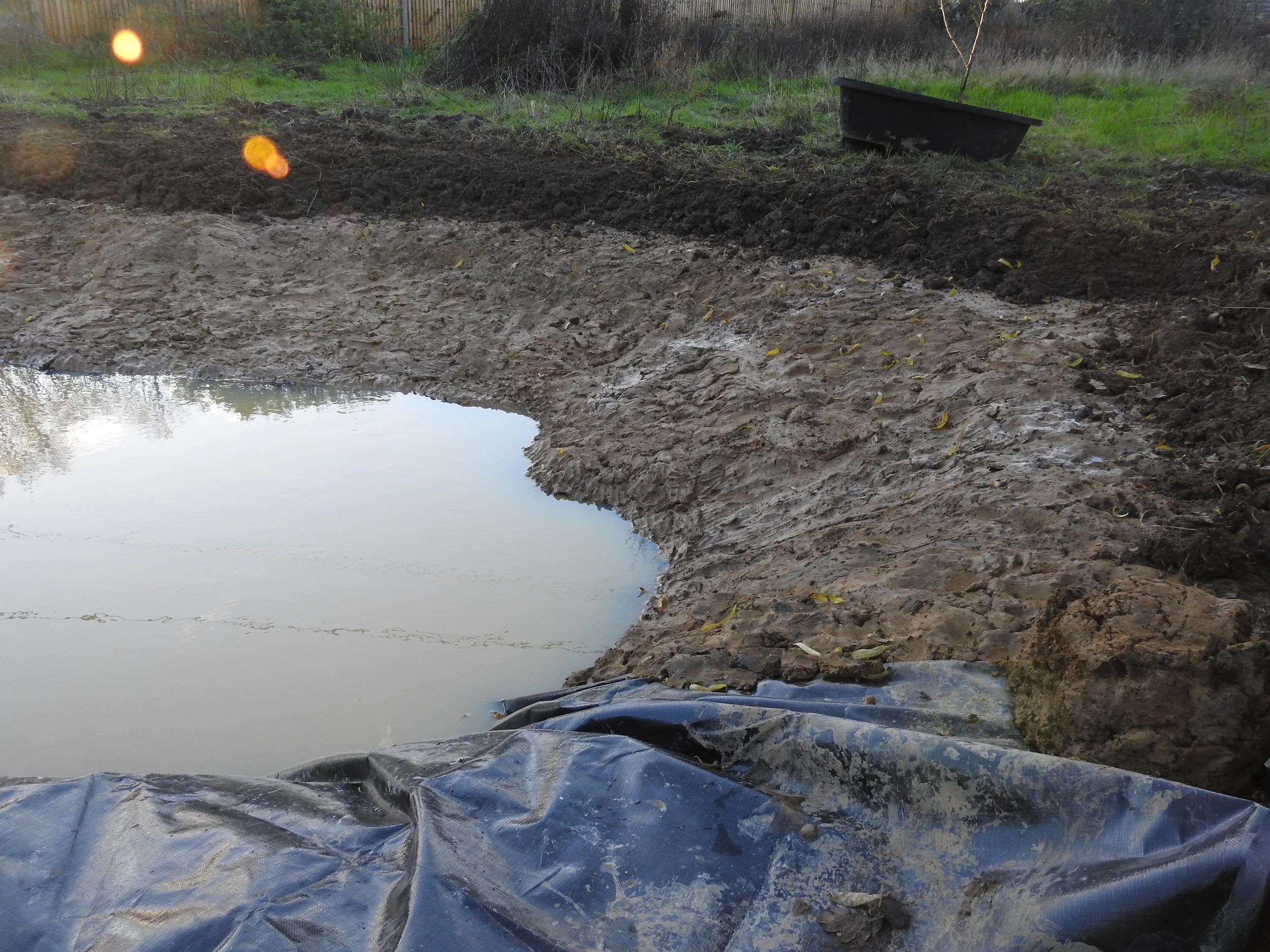
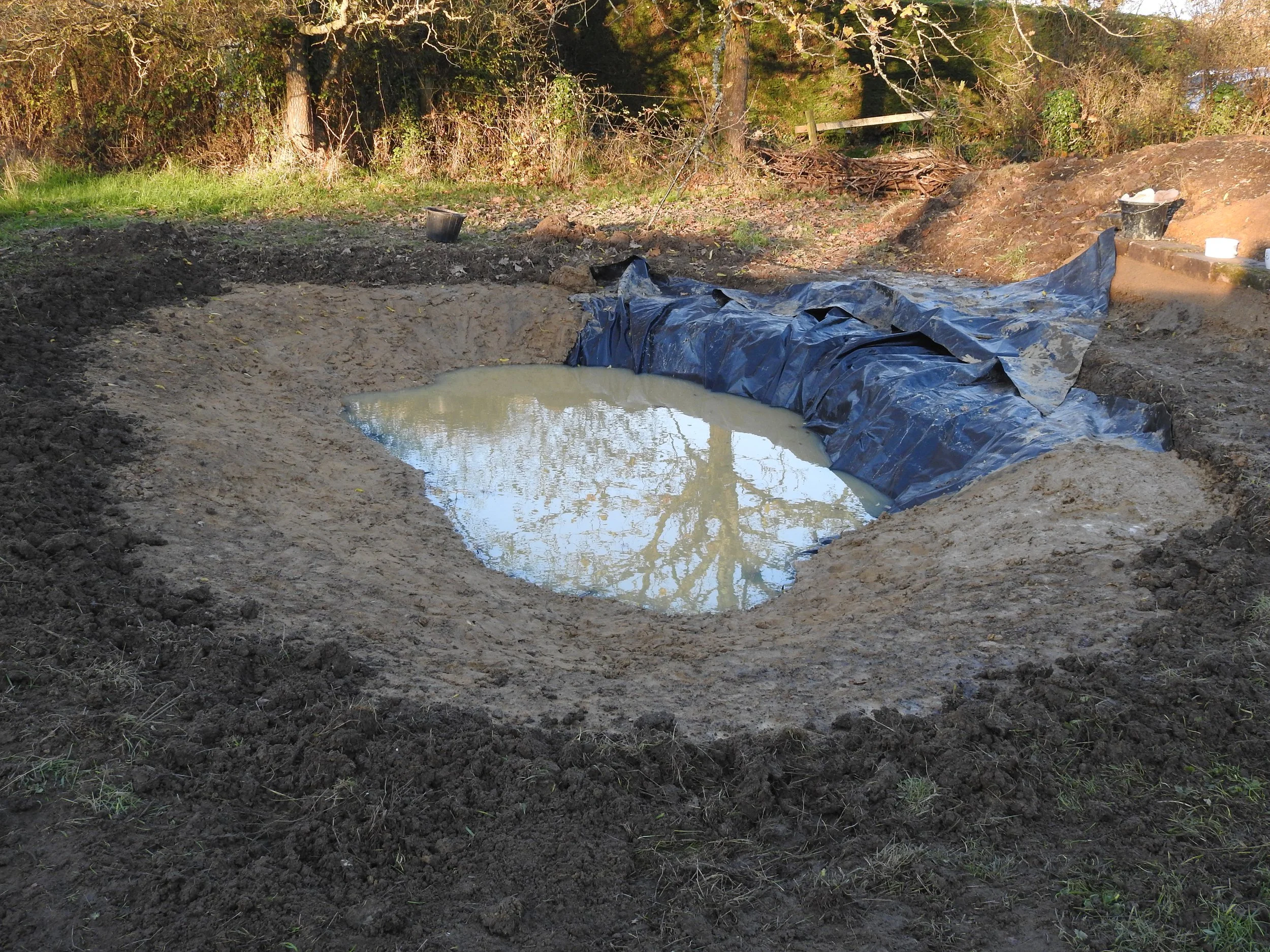
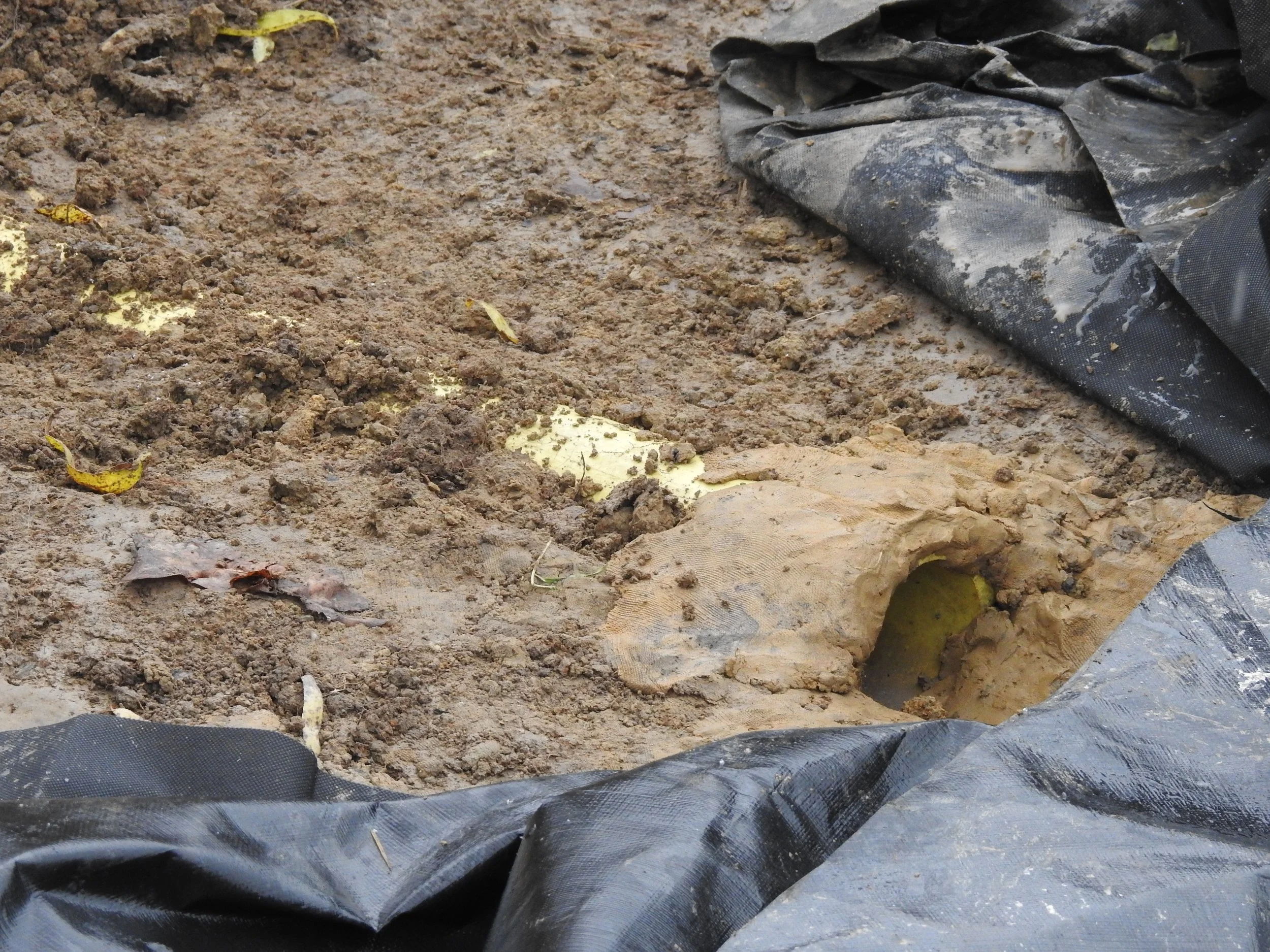
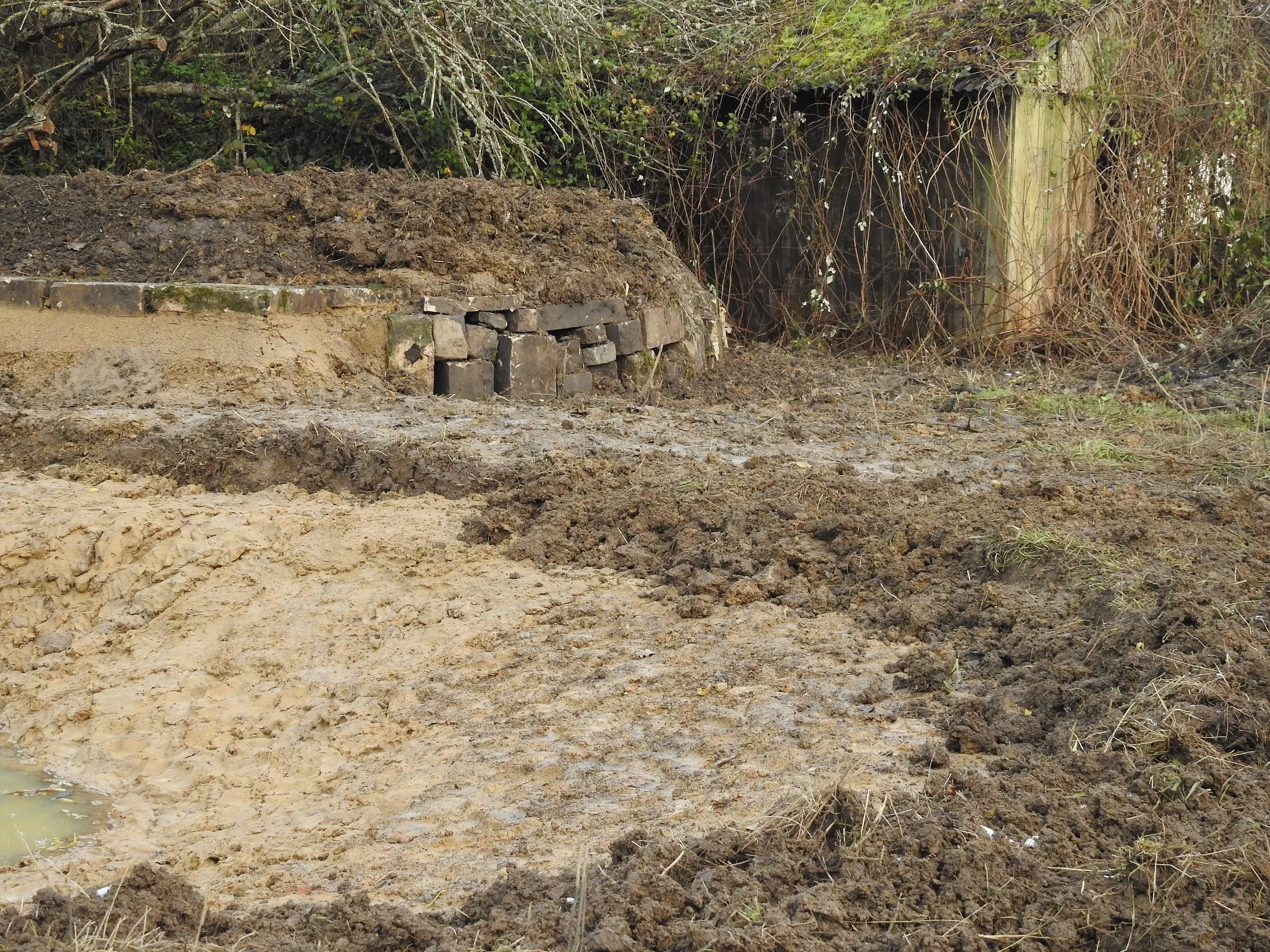
![DSCN1396[1]C.JPG](https://images.squarespace-cdn.com/content/v1/63ee3d70ab5ab5104e73557c/6931d7a8-9610-4271-8068-260e7b0f448f/DSCN1396%5B1%5DC.JPG)
